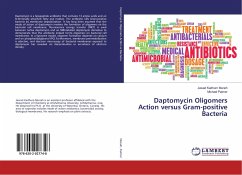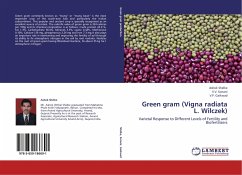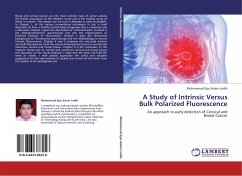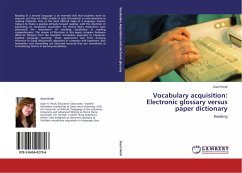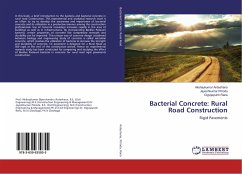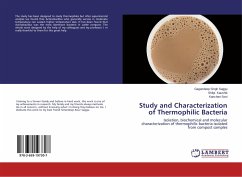Daptomycin is a lipopeptide antibiotic that contains 13 amino acids and an N-terminally attached fatty acyl residue. The antibiotic kills Gram-positive bacteria by membrane depolarization. It has long been assumed that the mode of action of daptomycin involves the formation of oligomers on the bacterial cell membrane; fluorescence energy transfer (FRET) is used between native daptomycin and an NBD-labeled daptomycin derivative to demonstrate that the antibiotic indeed forms oligomers on bacterial cell membranes. In a liposome model, oligomer formation depends on calcium and on phosphatidylglycerol (PG).Furthermore, membrane permeabilization is selective, and electron microscopy of bacterial membranes exposed to daptomycin has revealed no discontinuities or accretions of electron density.

